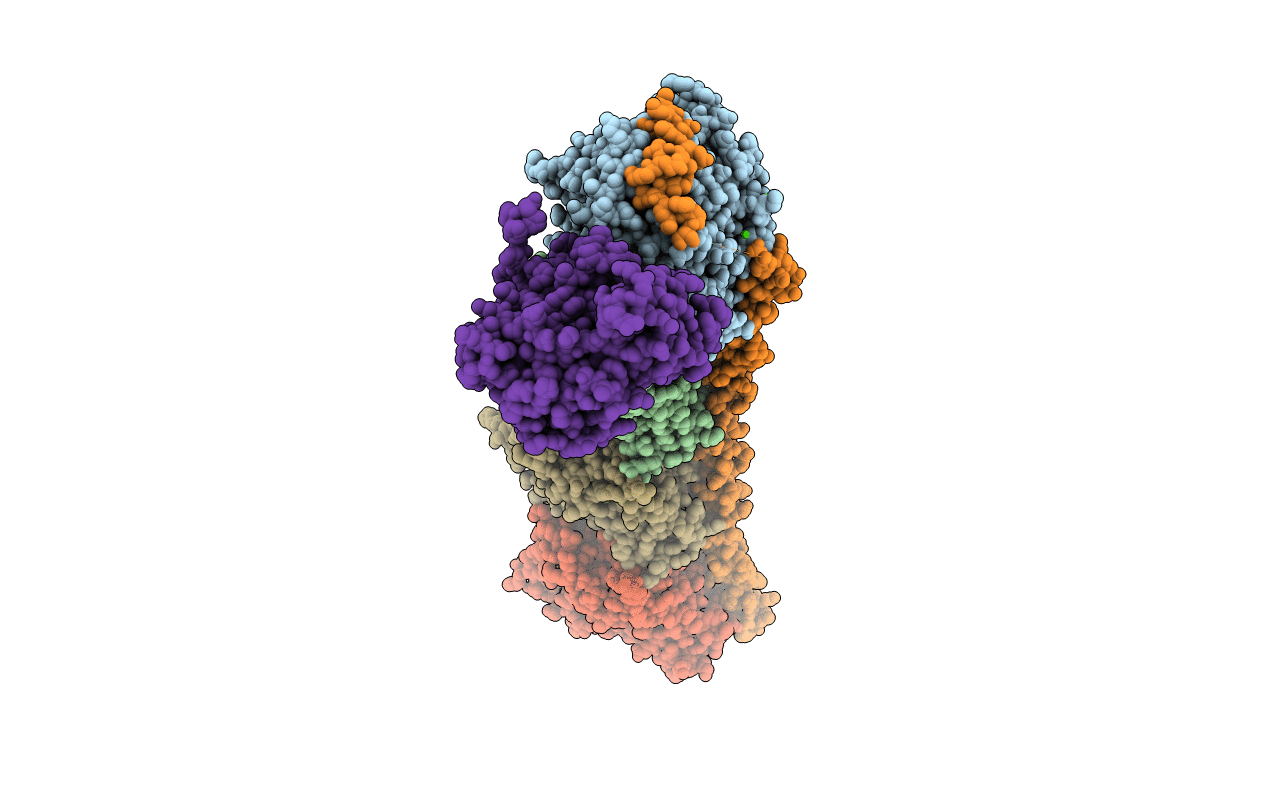
Deposition Date
2020-10-16
Release Date
2021-03-24
Last Version Date
2023-11-29
Entry Detail
Biological Source:
Source Organism:
Mus musculus (Taxon ID: 10090)
Gallus gallus (Taxon ID: 9031)
Sus scrofa (Taxon ID: 9823)
Gallus gallus (Taxon ID: 9031)
Sus scrofa (Taxon ID: 9823)
Host Organism:
Method Details:
Experimental Method:
Resolution:
2.85 Å
R-Value Free:
0.22
R-Value Work:
0.17
R-Value Observed:
0.17
Space Group:
P 21 21 21


